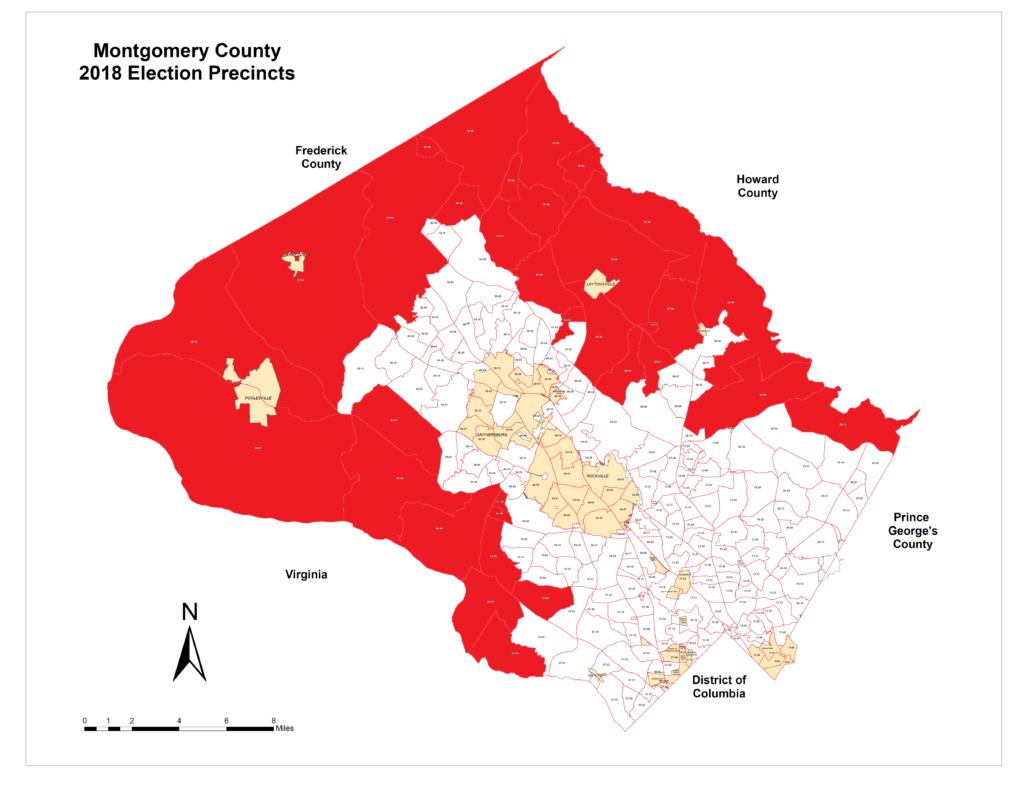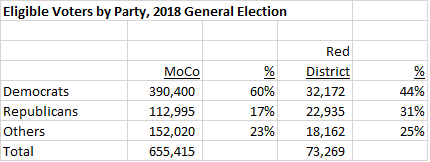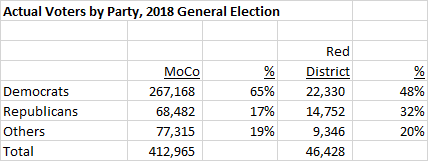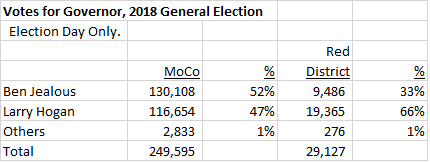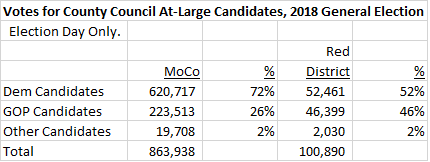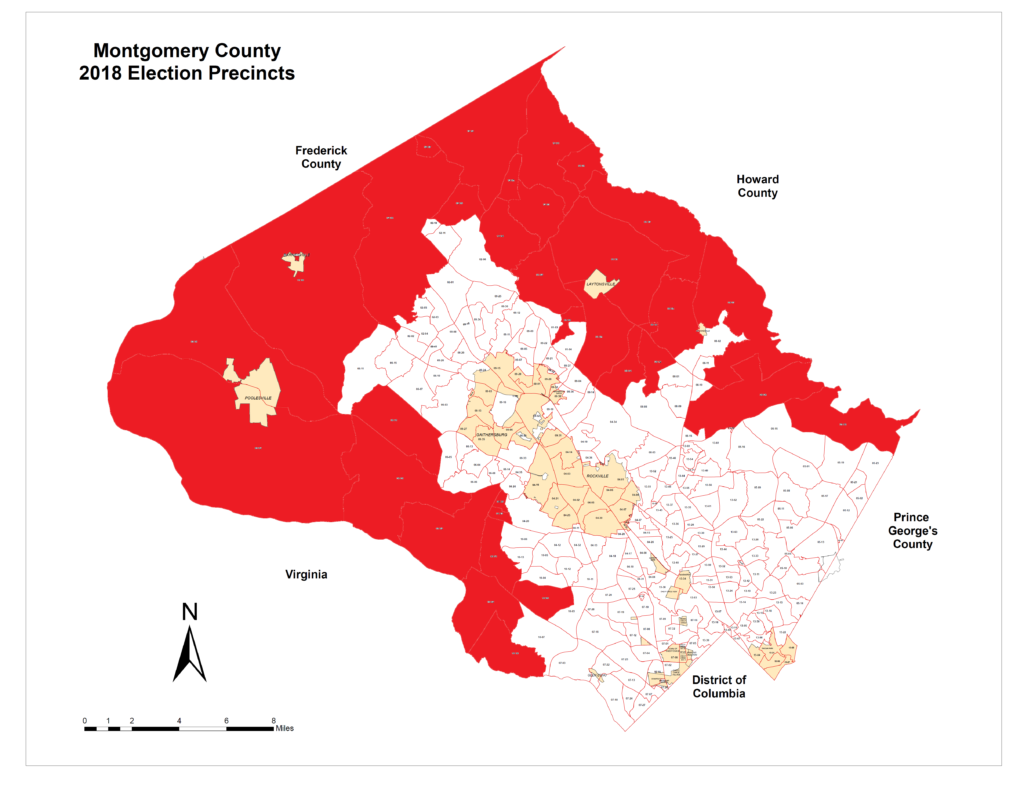By Adam Pagnucco.
Marcus Jones, chief of the Montgomery County Police Department (MCPD), earns praise from my sources as competent, well-intentioned and not wedded to the practices of the past despite his decades of experience at MCPD. But Jones has a problem: he faces far more obstacles in running his department than any other senior manager in county government. That’s because a tornadic swirl of national and local politics has provoked a free-for-all over MCPD that is unprecedented in recent county history.
Monday night saw the first meeting of the county executive’s “Reimagining Public Safety Task Force.” I couldn’t find the task force’s roster online so I asked the county’s public information office, which gave me a member list: all 43 of them. Attendance at the first meeting totaled 73 people, some of whom were county employees assigned to attend. The task force member roster given to me by the county does not include any member of MCPD management. It also does not contain any of the leaders of Fraternal Order of Police (FOP) Lodge 35, which represents MCPD’s rank and file sworn officers. With 43 seats available, you might figure that at least one or two of them would go to management or labor.
The FOP did not respond to a request for comment, but I asked MCPD Captain Tom Jordan, the police department’s public information officer, about MCPD’s participation on the task force. He replied:
The MCPD does not have a representative on the task force. We provide subject matter experts to the task force when requests for information are received. I do not have information on how the task force was selected nor do I know if the MCPD was asked to provide recommendations for representatives. That is a better question for the CE’s [county executive’s] office since they formed the task force.
The 43-member task force along with future consultants joins the county council’s 13-member policing advisory commission in providing advice on MCPD. At least the council’s commission includes the MCPD chief and the FOP president as ex officio members. The commission held its first meeting on August 24 while the executive’s task force held its first meeting on August 31. Multiple council members say the two entities are duplicative but the executive says they’re wrong. Come on now. How could two large appointed bodies of community members discussing the exact same thing a week apart possibly be duplicative??
The council, of course, has not sat idly by while the executive and his folks get to have all the fun of scrutinizing MCPD. Since January 2019, the council has introduced five bills regarding police department operations and passed four of them. The fifth will be considered this fall. The council also passed a sixth bill requested by the executive creating a new assistant chief position. (When asked about this latter bill desired by his boss, Chief Jones shrugged, “I had no heartburn over it.”)
The disconnected approaches taken by the executive and the council, as well as their creation of separate advisory bodies, reflect the feelings the two branches hold about each other. The executive thinks the council is “fact proof” while the council feels the executive is ineffective and incapable of leadership. These mutual feelings of disdain affect many aspects of county government, not just the police. Now the two branches are in competition over what to do with MCPD.
That’s not all. Annapolis, which preempts counties on police (and virtually all other) legislation is getting involved too. The House of Delegates has created a “Work Group to Address Police Reform and Accountability in Maryland” that is now questioning the long-standing state law called the Law Enforcement Officers’ Bill of Rights. Expect MANY state bills on police issues. The involvement of Annapolis is expected given the central role of state law in regulating law enforcement agencies, but of course, Rockville is not going to wait on the state.
Add together the task force, the commission, the interest groups, the activists, the consultants and the interested politicians in Rockville, Annapolis and beyond and it’s almost impossible to count all the players who want to reimagine, defund and/or outright abolish police.
Pity Chief Jones. In addition to all of this, he has to deal with an FOP contract that constrains him from running his department, a workforce unhappy with the council’s abrogation of their collective bargaining agreement, persistent recruiting problems, the lingering radiation from last year’s thin blue line flag controversy, disagreements over school resource officers, the problems of policing in the era of COVID-19 and national issues outside of his control. Some in his rank and file are close to revolt. Some in the community would like to throw some of those rank and file out of work by defunding the police. Now anonymous flyers are appearing on doors in downtown Silver Spring predicting mayhem from the council’s recently passed use of force bill. What’s going to happen next?

These flyers have been taped to doors of commercial spaces in downtown Silver Spring. Who is distributing them?
The issue here is not whether the police department deserves to be scrutinized. It does, as do police departments around the rest of the country. For example, I have previously written about provisions in the FOP contract that require the county to destroy records and fight public information act requests in court. What needs to happen is a grand, holistic effort by all the major players – police management, the FOP, the counties, Annapolis and interested groups – to work out a package of complementary improvements that makes sense. Instead, the efforts above appear random, uncoordinated and in some cases duplicative. This is not measured, strategic and purposeful reform – it’s a free-for-all. How does this get us to a better place?
Think about how all of this looks to potential police recruits. If you were offered a job with oversight that looked like this, would you take it?
At stake is something that no one is talking about – crime in MoCo is at an historic low. Politicians in most jurisdictions would be jumping up and down to take credit for that, but not in our county. We take low crime rates here for granted. Social justice is important and the experience of people of color in dealing with police needs to be addressed. But if the free-for-all outlined above disrupts MCPD’s operations and crime starts going up again, all of us – regardless of our views on policing – will pay the price.








